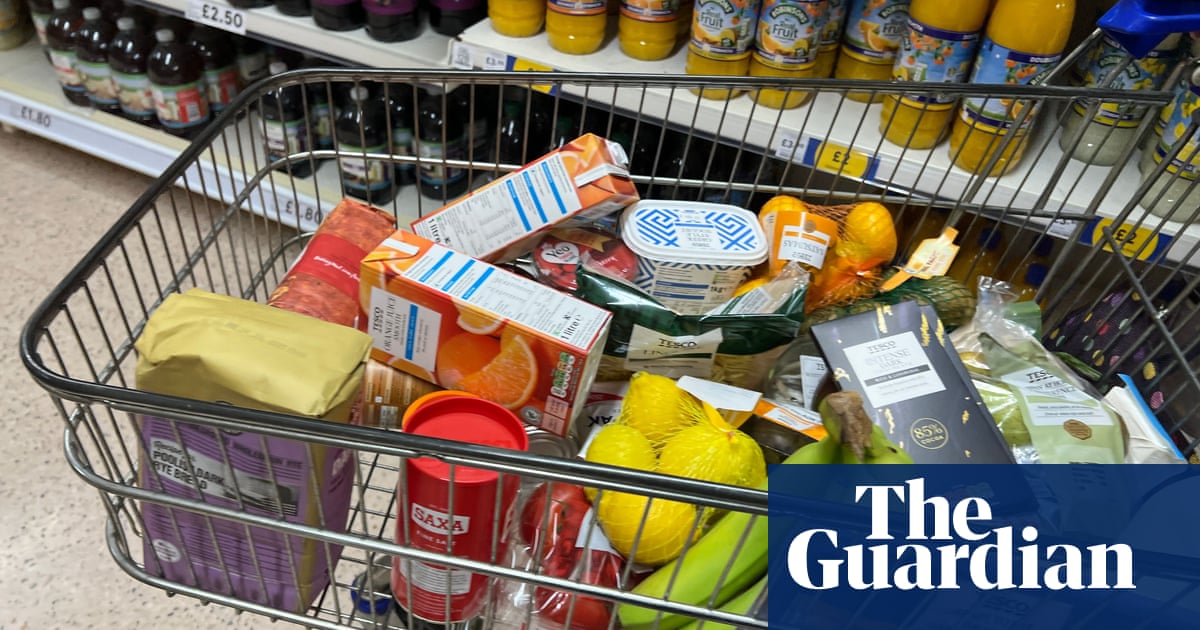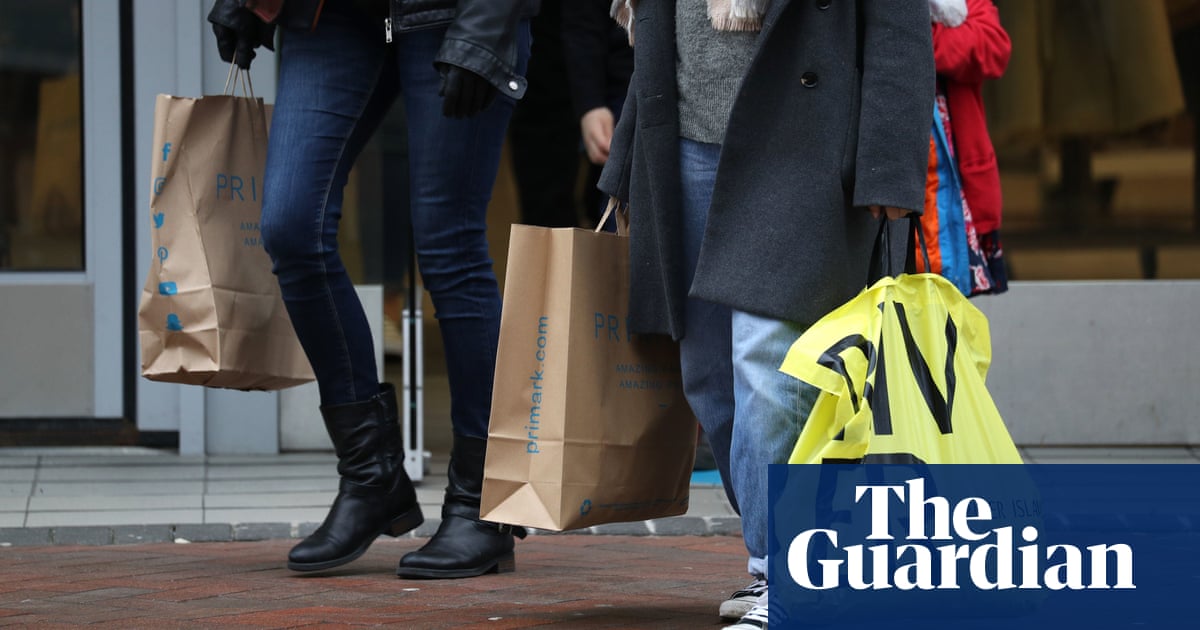
British households are only halfway through a two-year cost of living crisis, with average incomes likely to fall by more than £2,000, a leading thinktank has warned.
Typical disposable incomes for working-age family households are on track to fall by 3% in this financial year, and by 4% in the year to April 2024, according to the Resolution Foundation.
Only incomes of the very richestwill rise, according to the thinktank’s annual Living Standards Outlook for 2023, while middle-income households will struggle to make ends meet after an average £2,100 loss.
The warning comes amid a rash of strikes by workers demanding pay rises closer to the average inflation rate of 10.7%.
A vote by teachers is expected to back strike action when the ballot results are announced over the next fortnight, adding more than 500,000 public sector workers to a tally that includes nurses, Whitehall civil servants and Border Force staff.
A meeting scheduled between the prime minister and unions today could bring a deal with nurses a step nearer, but union officials have said it is unlikely to redress the claims of most public sector workers on course to endure a significant cut in living standards.
The thinktank said that while the headline rate of inflation was likely to fall over the coming months in response to tumbling international gas and petrol prices, the cost of living would still remain cripplingly high for many households.
Energy bills are expected to increase after “the slimming down of government support”, pushing the typical energy bill to rise from £2,000 in 2022-23 to £2,850 in 2023-24.
The drop in the cost of wholesale gas is likely to reduce the cost to the Treasury of government energy subsidies directed at businesses and households, but longer-term contracts covering the supply of gas to households are expected to keep retail prices high for at least the rest of the year.
A freeze on income tax thresholds will also increase tax bills for a middle-income household by around £700 from April, while rising mortgage costs will lead to a 12% fall in real incomes over a two-year period for the 3m households forced to refinance their mortgage loans.
The estimated 7% fall in living standards over two years is worse than the post-financial crisis squeeze, which resulted in a 5% slump between 2009-10 and 2011-12.
“When combined with a weak recovery from 2024 onwards, [it] would leave typical household incomes still below pre-pandemic levels even by 2027-28,” the report said.
Lalitha Try, a researcher at the foundation, said low-income families were most likely to have their financial circumstances and health deteriorate.
She praised the government for providing “support targeted at vulnerable households”.
Over the course of the two-year squeeze, real incomes among the poorest fifth of households will fall by 4%, compared with 9% for households in the top 5-10% (second-highest income bracket) of earners.
However, the richest 5% in society will be better off after sharp increases in interest rates that have already boosted returns on savings and investments.
“This means that they alone will see their typical incomes rise by 4% between 2021-22 and 2023-24,” the report said.












